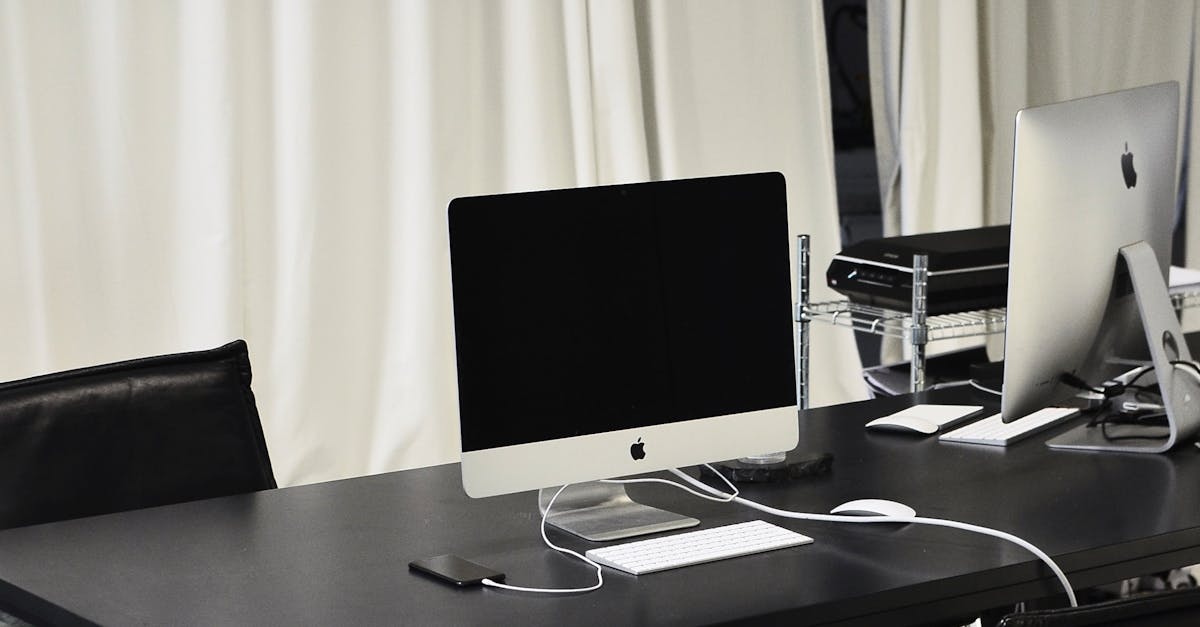
How to Calculate the Energy Efficiency of Your Split System Indoor Unit
Table Of Contents
egies to enhance the energy efficiency of your split system indoor unit
To improve the energy efficiency of your split system indoor unit, consider the placement of the indoor unit within your living space. Ensure that the unit is installed away from direct sunlight or heat sources to prevent it from overworking. Additionally, make sure that the indoor unit is not obstructed by furniture or curtains, as this can impede airflow and reduce its efficiency.
Another strategy to enhance energy efficiency is to regularly clean and replace the filters in your split system indoor unit. Dirty or clogged filters can obstruct airflow and force the unit to work harder to maintain the desired temperature, resulting in increased energy consumption. By keeping the filters clean, you can improve the overall performance of your indoor unit and reduce energy wastage.
Monitoring and Maintaining Peak Energy PerformanceTable Of Contents
To ensure that your split system indoor unit operates at its peak energy performance, regular monitoring and maintenance are essential. Start by setting a schedule to inspect and clean the air filters every one to two months. Clogged or dirty filters can restrict airflow, making your unit work harder and consume more energy. By keeping the filters clean, you can improve your system's efficiency and save on energy costs.Ensuring Proper Drainage
Additionally, check the outdoor unit regularly to ensure that it is free from debris such as leaves, dirt, or branches. Any obstruction can hinder the airflow and cause your unit to operate less efficiently. Trim back any vegetation around the outdoor unit and clear any debris to maintain optimal performance. It is also recommended to have a professional service your split system annually to check for any potential issues and ensure that it is running smoothly. By following these maintenance tips, you can keep your split system indoor unit operating efficiently and effectively.
Tips for monitoring and maintaining the energy efficiency of your split system over timePreventing Water BuildUp
To ensure the ongoing energy efficiency of your split system indoor unit, regular maintenance is key. Firstly, keep the filters clean by vacuuming or washing them periodically, at least every two months or as needed. Clogged filters restrict airflow, making your system work harder and use more energy. Additionally, ensure the outdoor unit is free from debris such as leaves, dirt, or any obstructions that could impede its function. Check and clean the outdoor unit when necessary to maintain optimal performance.Monitoring Humidity Levels
Another important aspect of maintaining energy efficiency is to schedule annual professional maintenance. A qualified technician can inspect the system, check refrigerant levels, clean components, and ensure everything is in top working condition. This proactive approach can not only help prevent potential breakdowns but also keep your split system running efficiently, saving you money on energy bills in the long run. By staying on top of regular maintenance tasks and seeking professional assistance when needed, you can maximise the energy efficiency and lifespan of your split system indoor unit.
Troubleshooting Energy Efficiency IssuesMinimising Corrosion Risk
When it comes to troubleshooting energy efficiency issues with your split system indoor unit, it's essential to start by checking for any air leaks around the unit. Air leaks can significantly impact the performance of your system, causing it to work harder and consume more energy than necessary. Make sure to inspect the seals around the unit and address any gaps or cracks that could be allowing air to escape.Investing in HighQuality Filters
System Indoor UnitsMonitoring humidity levels is a crucial aspect of ensuring t